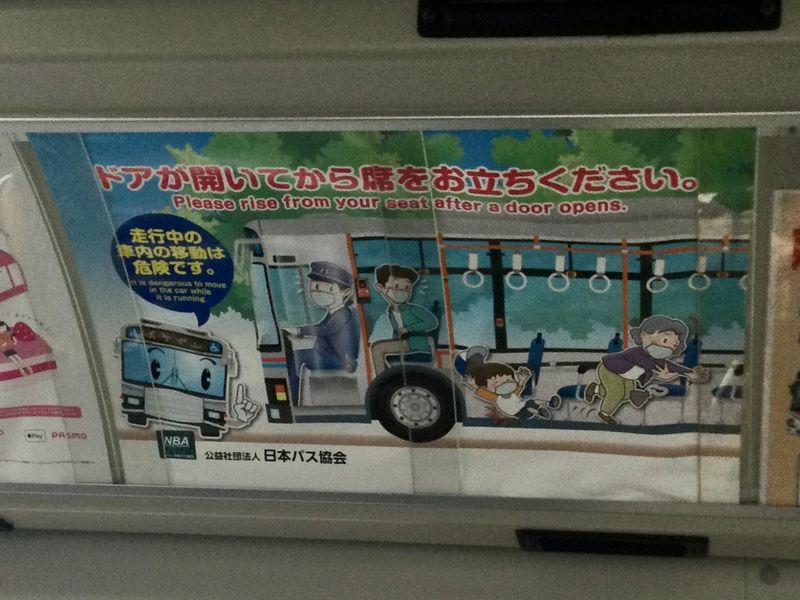May 20, 2024
A shout out to bus drivers
A tribute to my dad and his colleagues
My father and his coworkers started bus driving in the 1970s when Vancouver, Canada was beginning to grow and faced a need for extensive and accessible public transit. Bus transportation was the go-to for shoppers and commuters until a rapid transit system was implemented in the 1980s. Sometimes I would accompany him on his routes, behind his seat and he’d shush me, telling me to refer to him not as “Dad” but “Mr. Driver”. I observed him patiently dealing with rush hour traffic, greeting regulars, people from all walks of life, the rich, the poor, and sometimes unruly passengers. It was invaluable to me to observe my dad and his colleagues interacting with the public.
Riding the buses in Japan
Japan’s extensive rail system gets me where I want to go most of the time but I also take buses. And I remember the experience of my dad and his coworkers. The interaction with bus drivers in Japan has similarities and differences from my transit riding experience in Canada.
A Chiba Chuo Bus photo Yamato-i
Differences and Similarities
Boarding and fare payment can be a source of confusion for visitors from abroad. Depending on the bus route and the company providing service, passengers board at the front or rear doors. One rule of thumb is that commercial buses with incremental fares based on distance board at the rear doors and community buses charging flat fares allow boarding at the front.
Bus drivers from abroad
Soon, Chiba Prefecture bus passengers may be greeted on boarding by a new cohort of bus drivers. Nippon.com reports that in 2023, the number of foreign workers continues to rise with almost 16% of the service industry. Chiba Prefecture has started license exams in English for class 2, the category for bus and taxi drivers. This is part of the drive to address labor shortages by allowing specified skilled worker visa holders to fill job vacancies. Your bus driver may greet you in English or another language!
Be a good passenger
In Vancouver, you hustle to get off the bus, rising before your stop or you might not make it to unloading. In Japan, the Japan Bus Association asks passengers to remain seated until they arrive at their stop. These days, modern buses have automated announcements for upcoming stops.

A notice from 日本バス協会, Japan Bus Association telling passengers to remain seated until their stop
Get an IC card and top it up before you ride. Of course, many bus companies allow cash fares. If you’re paying in cash, get a paper ticket on boarding and pay the fare on the display above the windshield. The easier way is to top up your IC card before you board. The good news is that bus fare boxes provide fare top-ups, too. I advise you to wait until other passengers get off before you ask for a fare top-up, usually in 1000 yen increments.
Thank you, drivers
And thank your bus driver! These pros meet tight schedules while putting on friendly faces and many of them greet every passenger. A driver on my route who worked abroad likes to chat with me when ridership is low. He often sees me off with “Have a nice day! And Otsukaresama desu!”
Have you had an exceptional interaction with a bus driver in Japan? Tell us about it!



2 Comments
genkidesu
on May 20
I think overall my bus experiences here have been great, certainly when compared to my home country. One thing I like, especially so when my kids were younger, is that the drivers here wait until you sit down until they start driving. I know that some other countries aren't always that considerate!
TonetoEdo
on May 20
@genkidesu Right, drivers wait for you to get seated, too. Some bus drivers back home greet passengers as they board, but Japan's bus drivers are consistent, greeting and thanking riders. It's a high level of service.